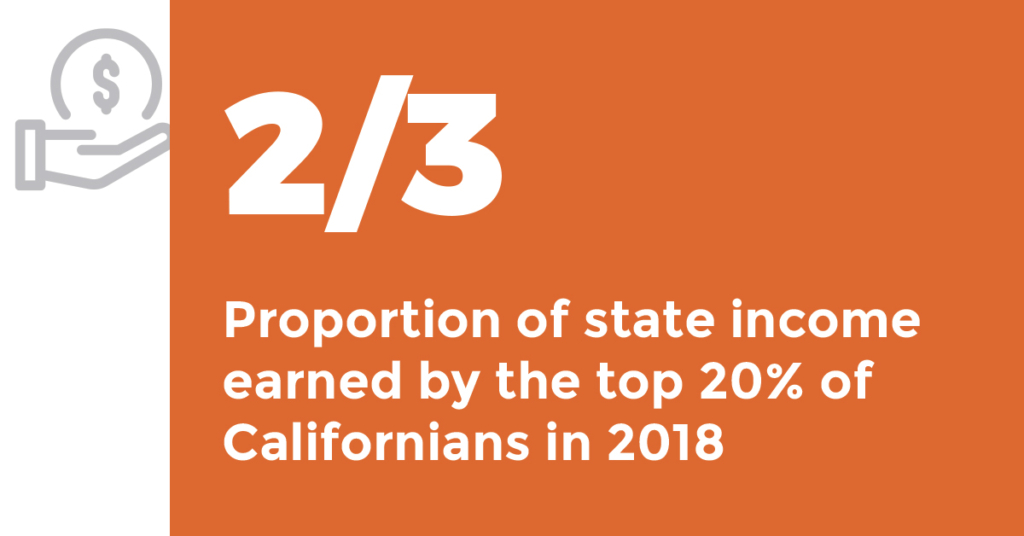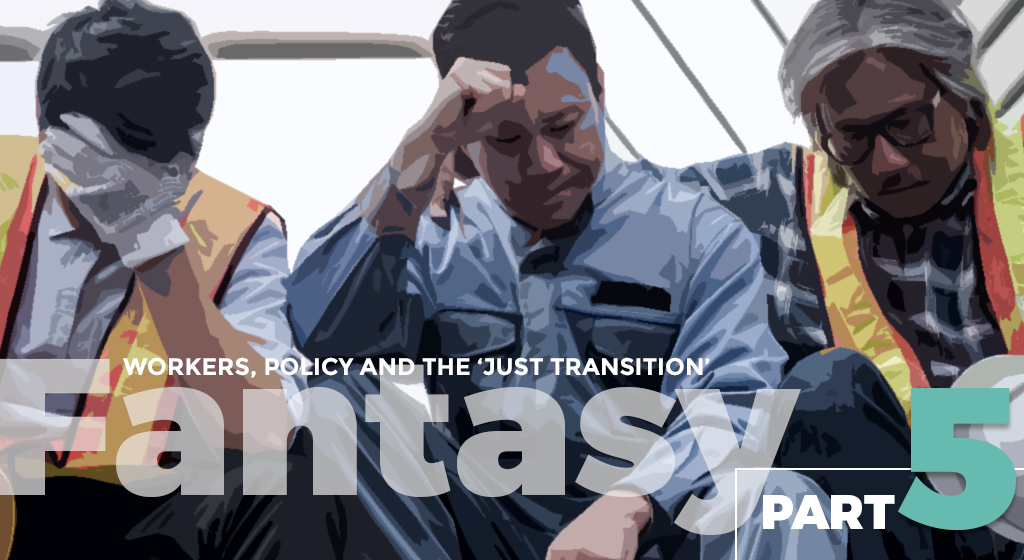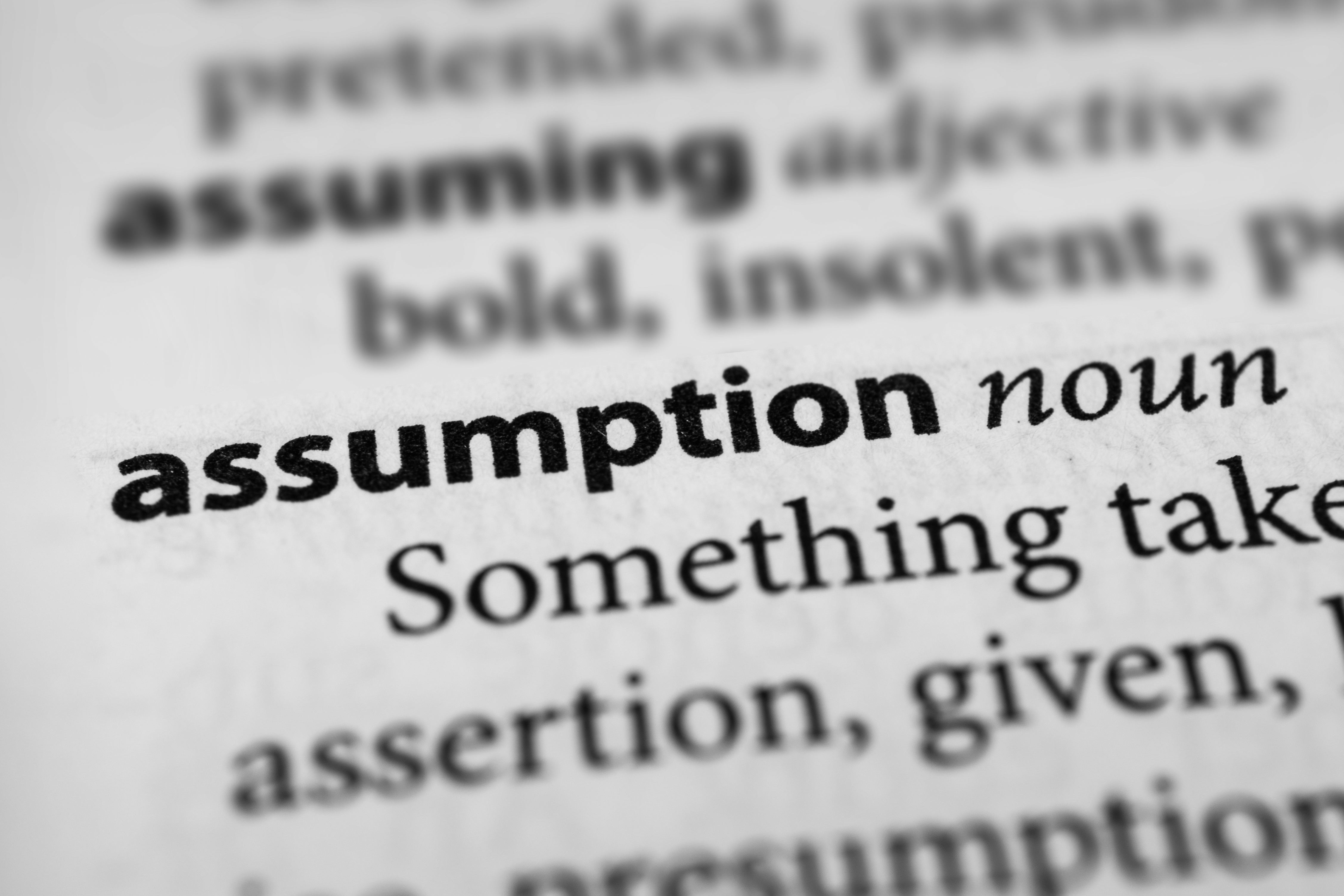Population and demographics research released earlier this year by the Public Policy Institute of California should give Sacramento pause.
PPIC found that, for the first time in its more than 170 years of existence, the state of California experienced a population decline in 2020. The California Department of Finance confirmed the PPIC finding in a soberly-worded release two months later, stating: “California’s population dipped by 182,083 residents last year, bringing the state’s total to 39,466,855 people as of January 1, 2021.”
The PPIC research also showed 1.3 million more people left California than moved to the state over the preceding decade. And the trend appears to be increasing, with 500,000 of those who left doing so in the past two years.
So who, exactly, is migrating out of the Golden State? A PPIC researcher told the Los Angeles Times: “People leaving California tend to be poorer and less educated than those coming in … It’s not wealthy people leaving.”
In short, the California exodus is real, and it is being driven by blue collar workers.

It’s no wonder why. While the California economy works great for well-educated coastal elites who have recovered all jobs lost during the pandemic, working families continue to face impossibly high costs and limited job opportunities. California has the second-highest unemployment rate in the country, and data from the state’s Employment Development Department shows that the state has recouped just half of the 2.7 million jobs that were lost at the start of the pandemic.
In addition, while California has long been a state of staggering disparities, a new analysis by Capitol Matrix Consulting (CMC) shows income inequality keeps getting worse.
The CMC report found that “the top 20% of taxpayers in California accounted for less than one-half of total income in 1980 … [but] by 2018 the share had increased to two thirds.” While wages for top earners have increased dramatically, lower- and middle-income workers have seen “weak or non-existent income growth” over the nearly 40-year period.
According to the report, the wage stagnation among lower-income workers is being driven by “a lack of middle-class jobs in California due to declines in blue-collar industries such as manufacturing and oil and gas mining over the past three decades.” CMC argues the lack of jobs is due to policy choices that drive costs higher and impose stifling regulations on businesses.
Policies have consequences, and the macroeconomic trends California currently faces are a direct consequence of policy choices being made in Sacramento.
- Instead of streamlining regulations to build more housing faster and tame out of control costs, the state continues to fall 100,000 units short of its annual need.
- Instead of prioritizing affordable and reliable energy through an all of the above strategy where renewables and oil and gas work in tandem, the state continues to limit in-state energy supplies, raise costs, and push the electricity grid beyond our energy realities.
- Instead of supporting proud blue collar economies in the Central Valley, the governor continues an economic assault that is certain to devastate thousands of working families.
Coastal elites may not notice the impact of Sacramento’s policy decisions, but blue-collar Californians certainly do – and they’ve decided enough is enough.


